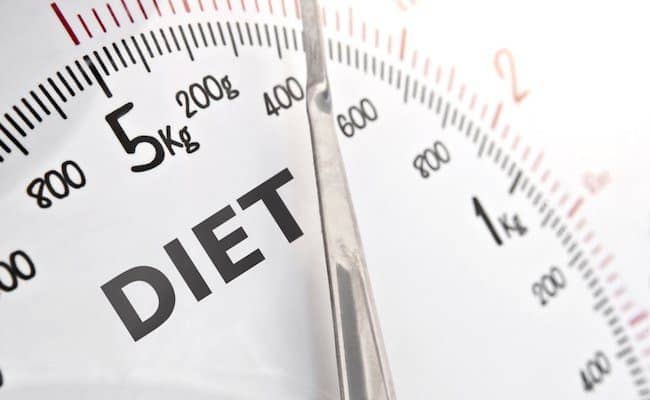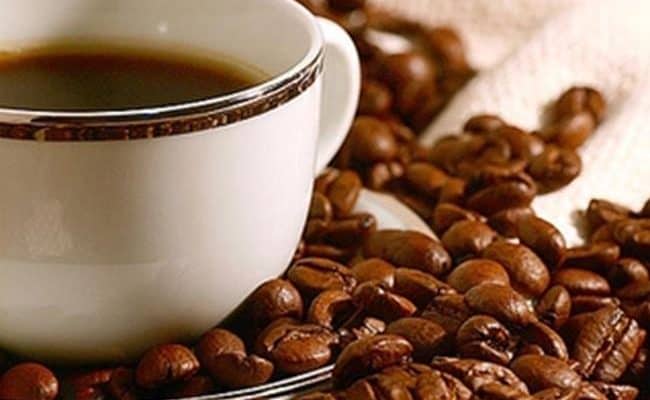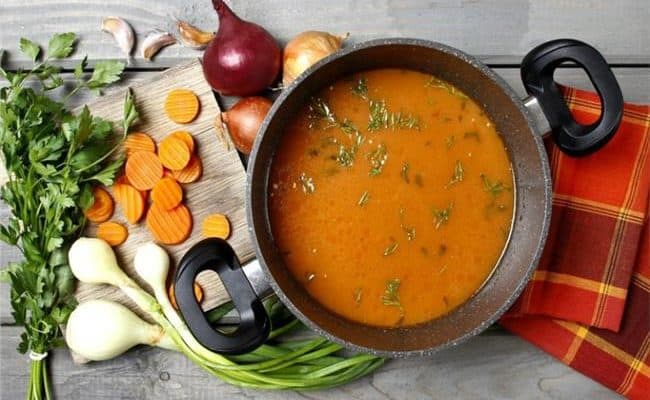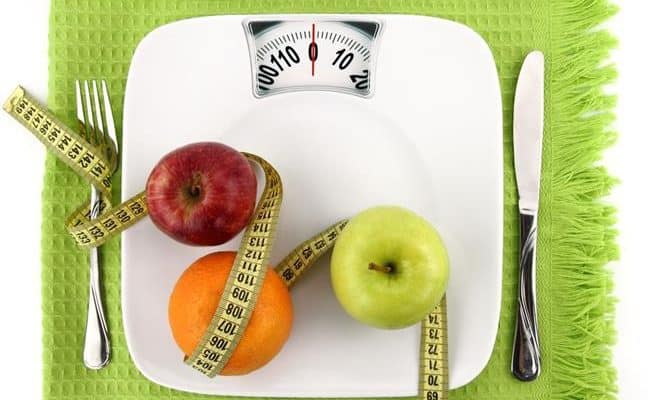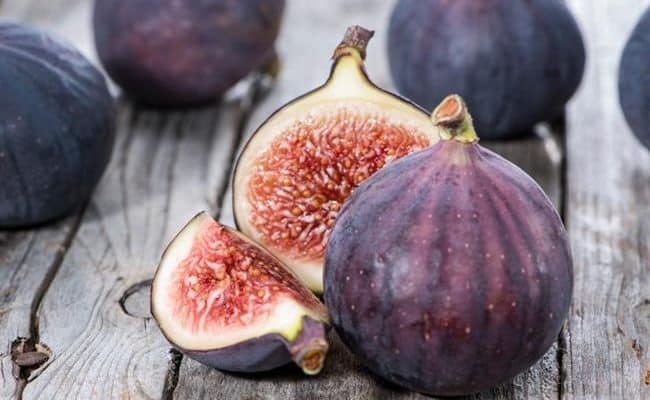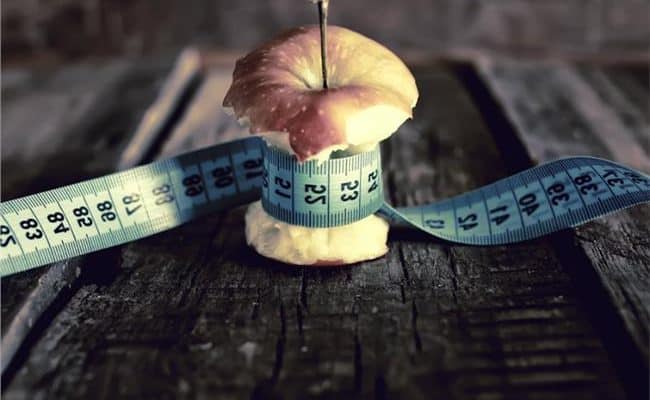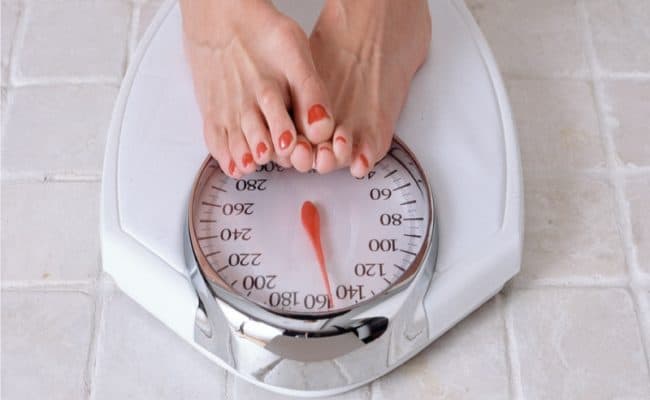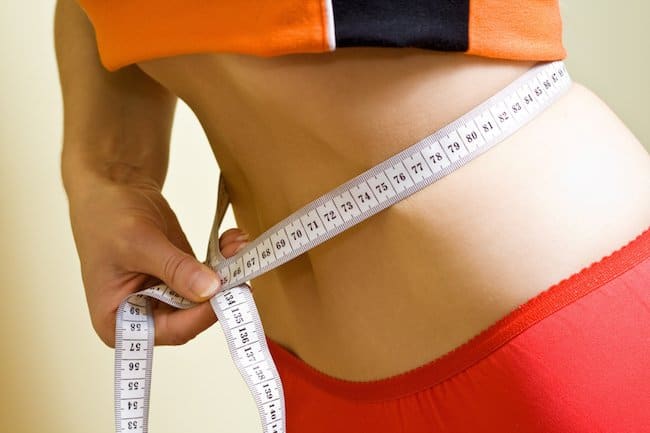
With summer upon us and days on the beach clothed in nothing but a bikini with nowhere to hide looming ominously, many of us are wishing we started that Operation Bikini just a little bit sooner. The desire for a firm, toned belly is one that both women and men share, and possibly one of the most difficult goals to achieve for many people.
No matter how many crunches they do, most people still have a layer of fat over their washboard stomach. Storage of fat in the abdominal area is particularly common in men, hence the all too common beer belly, but also affects a large number of women too. Abdominal bloating is another common ailment that can lead to a distended, unattractive stomach, not to mention cause physical pain.
Unfortunately, there is no miracle food that can reduce stomach fat. Although studies in this area are limited, there is no scientific evidence to suggest that specific foods target weight loss in the abdominal area, although there are plenty of fad diets about stating that this is possible. Basically to lose stomach fat, you must lose weight, which means eating less calories than you are expending, leading to an energy deficit. This will result in the body burning fat as a source of energy. The best way to do this is to follow a reduced calorie diet or to increase exercise (see cardio exercises for a flat stomach).
Bloating of the stomach however, can be avoided or minimized through diet. Certain foods have been shown to increase abdominal distension and should be minimized or avoided to get the flattest belly possible this summer.
Flat Belly Diet: Fact or Fiction
The popular Flat Belly Diet claims you can lose 15 pounds in 32 days, targeting the abdominal region, and all without doing a single crunch. The diet is based on 1600 calories per day and discourages intake of salt, excessive carbohydrates and gassy foods. It is claimed that the ‘magic’ ingredient to this diet is the inclusion of mono unsaturated fatty acids (MUFAS) at every meal, which supposedly reduce belly fat. However the American Dietetic Association has suggested that there is no scientific evidence to support this.
Overall, the diet is based on a healthy Mediterranean style of eating that is calorie controlled. The calorie deficit is therefore likely to lead to a reduction in abdominal fat as well as fat in other areas. Whilst there is no scientific evidence to support any magic foods which attack belly fat, this diet provides a suitable eating plan for those requiring a 1600 calorie diet for weight loss and may decrease bloating.
Common Causes of Bloating
Food intolerances
If you suffer from bloating frequently, you may be suffering from a food allergy or intolerance. It is important to see a doctor and get an official diagnosis before eliminating foods from your diet yourself. Intolerances to foods such as wheat or lactose, as well as celiac disease may cause these types of symptoms. However, these foods are also valuable nutritionally and should not be eliminated unless absolutely necessary.
Large Meals and Fast Eating
Eating smaller meals at more frequent intervals may eliminate bloating due to a feeling of fullness after a large meal. It can also help you to avoid feeling of extreme hunger as it will keep blood glucose levels more constant. This can reduce overeating and lead to reduced body fat.
When you eat fast, you swallow a lot of air, which can increase bloating. Slow down and chew food properly to minimise this. Eating slowly also gives your body time to register that it is full, meaning you are less likely to overeat.
What to eat for a flat stomach
1. A healthy balanced diet
A healthy balanced diet, high in fruits, vegetables, complex carbohydrates and lean protein is a great way to minimize abdominal fat. By eating healthier foods and smaller portion sizes, you are likely to consume less calories and therefore lose weight. A healthy diet should be low in unsaturated fats such as those found in animal products, and feature more healthy unsaturated fats for maximum health benefits.
2. Fibre
A lack of fibre in the diet can lead to constipation and bloating. Women should aim to include at least 25 grams of fibre daily and men 38 grams. Good sources of fibre include whole grains, fruit and vegetables, legumes, nuts and seeds. These types of food also fill you up more than lower fibre ones, meaning you are likely to eat less.
When you are increasing your fibre intake, it is essential to do so gradually to avoid discomfort. You should also drink plenty of water and exercise to keep bowels healthy.
3. Water
Essential if you are increasing your fibre, a lack of water can result in constipation which in turn leads to bloating. There is not denying the importance of being well hydrated, as dehydration can lead to any number of problems in the body.
4. Anti-bloating foods
While evidence in this area is limited, there are some studies suggesting that foods such as peppermint tea, ginger, pineapple, parsley and pro-biotic yogurts may help to reduce bloating. Certainly, there is no harm in trying these types of foods as they are healthy and will do you no harm.
5. Sufficient calories
It has been suggested that very low calorie diets followed for extreme or rapid weight loss can in fact have the opposite effect when it comes to abdominal fat. If the body is not receiving enough calories to function properly, it will go into starvation mode and store as much energy as possible in the form of fat. This is because it is unsure when and if it will receive fuel again. In this situation fat is often stored in the abdominal region, which is why a person can be very thin and still have a belly.
What to reduce for a flat stomach
1. Sugar-free or artificially sweetened products
Artificial sweeteners can cause bloating and gas in some people. To minimize the effects of these, limit yourself to about two to three serves per day. Diet sodas not only have artificial sweeteners but also carbonation which adds more gas to the mix.
2. Soda and carbonated beverages
Aside from the high calories these drinks often contain, which can lead to weight gain, the carbonation adds a huge amount of gas to these drinks, which you are then ingesting. Try drinking plain water flavoured with lemon or lime juice for something with a little taste without the bloating effect.
3. Chewing gum
The chewing of gum can lead to swallowing a lot of air which can cause bloating. To add to this chewing gum usually contains artificial sweeteners, which can further the effect.
Try sucking on a piece of candy or snacking on a low calorie, high fibre alternative such as pop corn to replace gum.
4. Sodium
Salt or sodium can lead to a bloated belly, so try to cut back by seasoning with other flavours such as herbs and spices, (although watch the chilli as this may be a potential bloater too!). Avoid processed foods where possible as these are usually high in salt and low in fibre.
5. Beans, legumes and gassy veggies
The common culprits are the cruciferous varieties of vegetables, such as broccoli, Brussel sprouts and cauliflower. Beans and legumes may also give you gassy effects, particularly if you are not used to them. However, these foods are extremely nutritious and make an excellent high fibre addition to your diet. To minimize the bloating effect, introduce these foods into your diet gradually to allow your body to become accustomed to them and drink plenty of water. You may want to avoid these before an important event, but they should still be part of your everyday diet.
